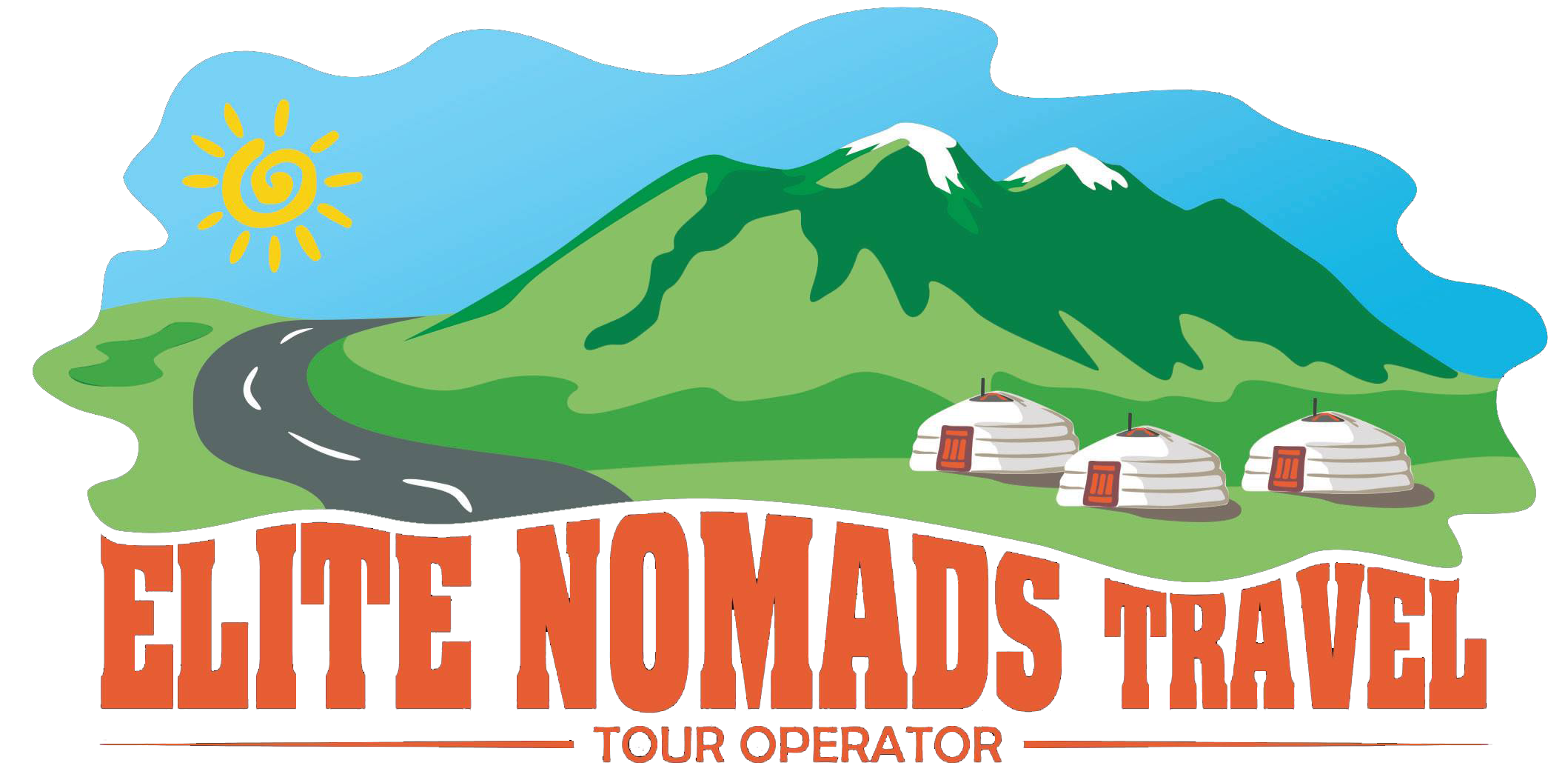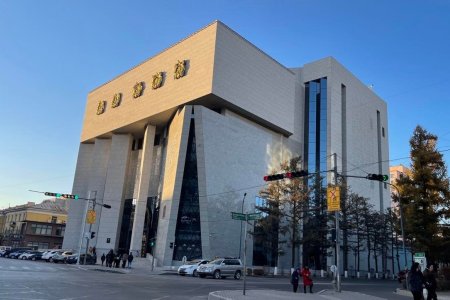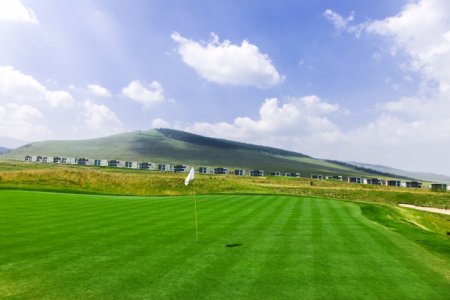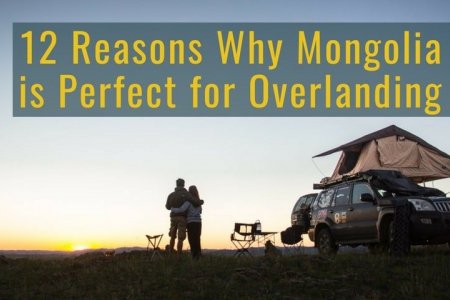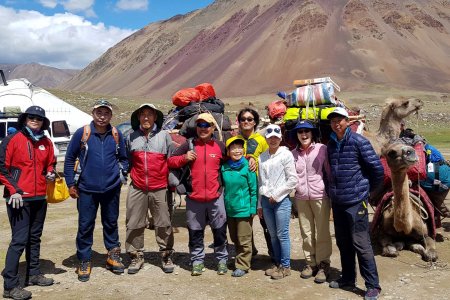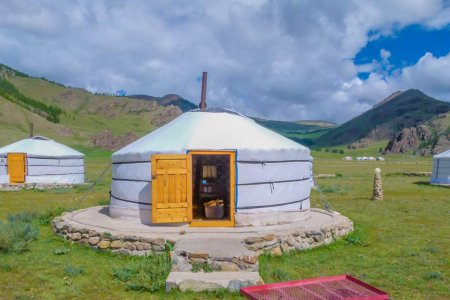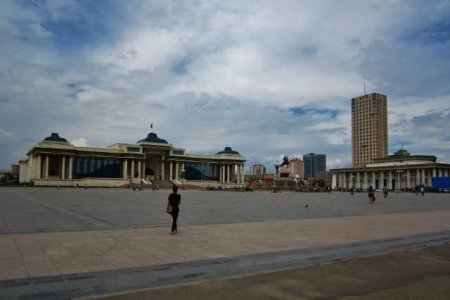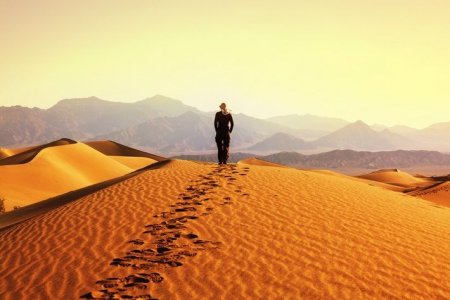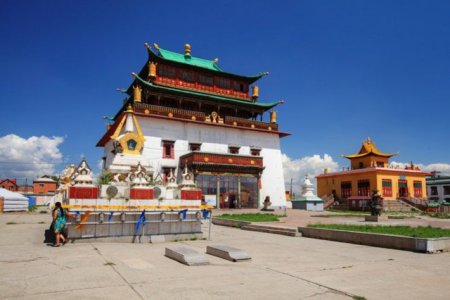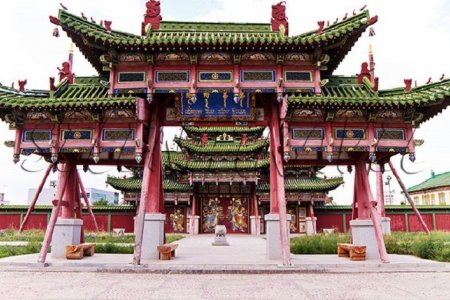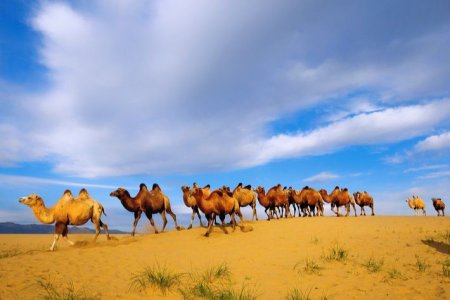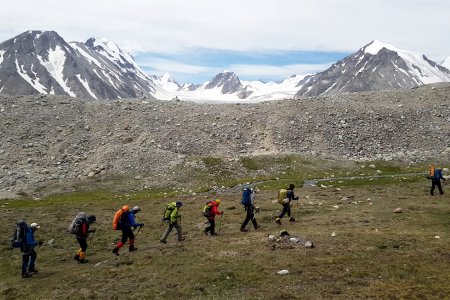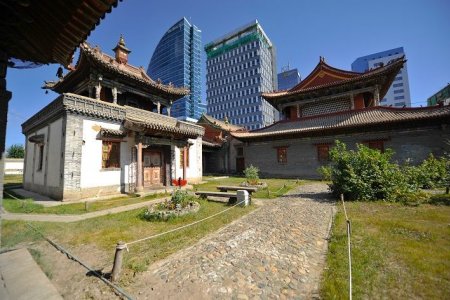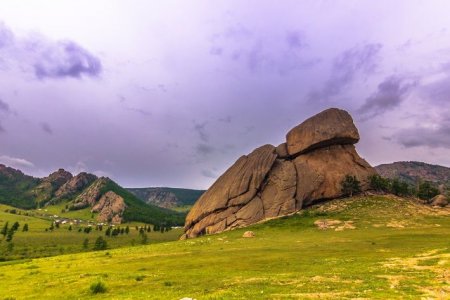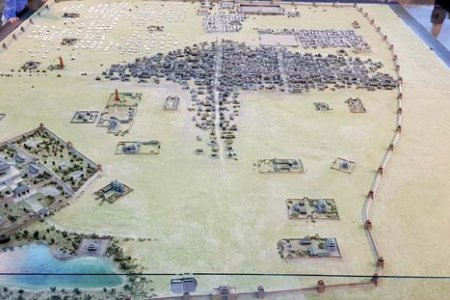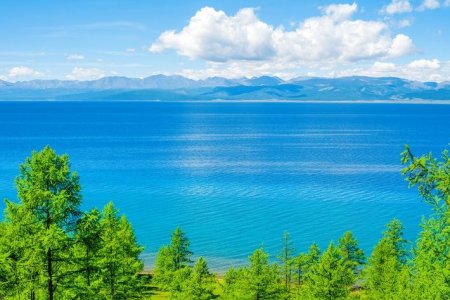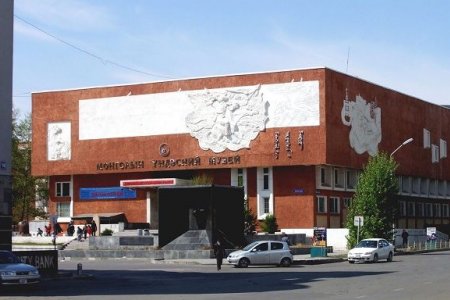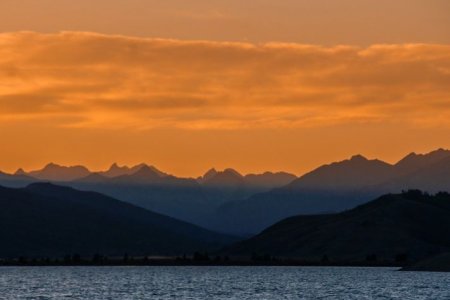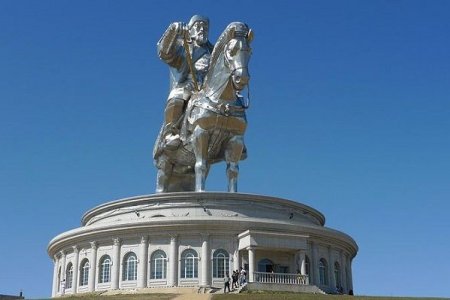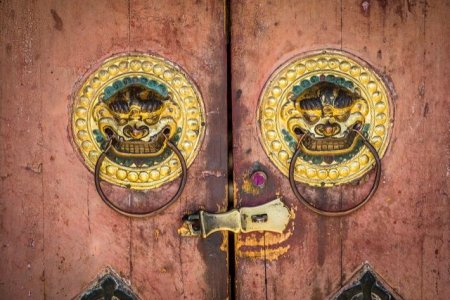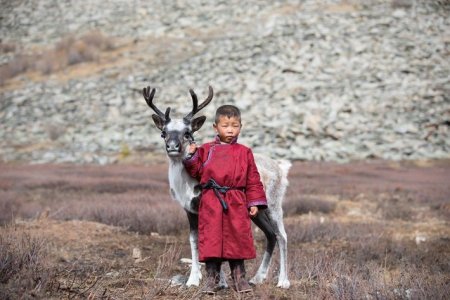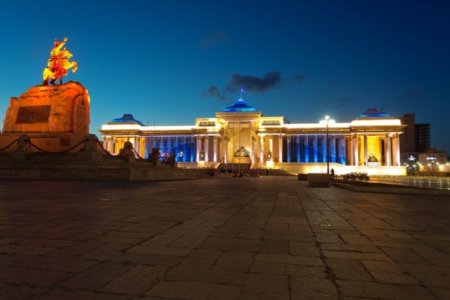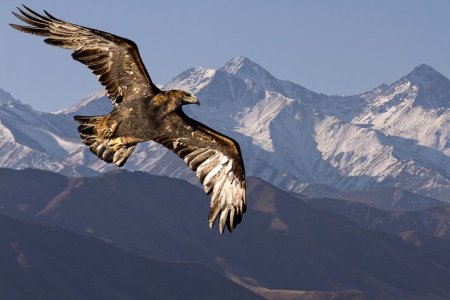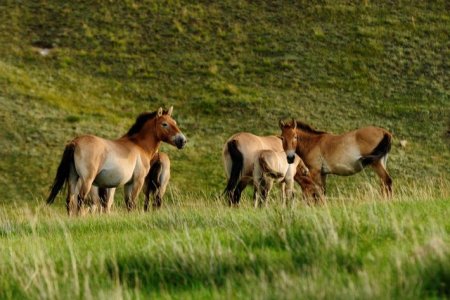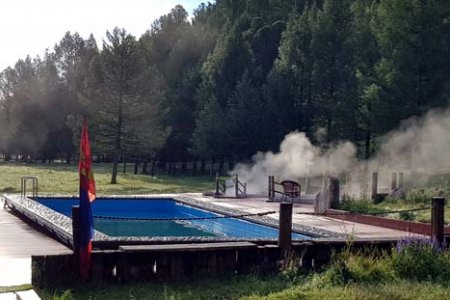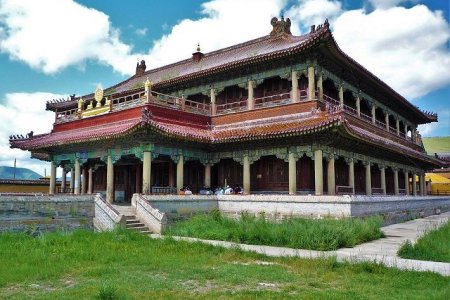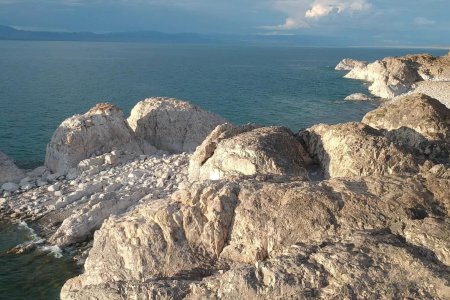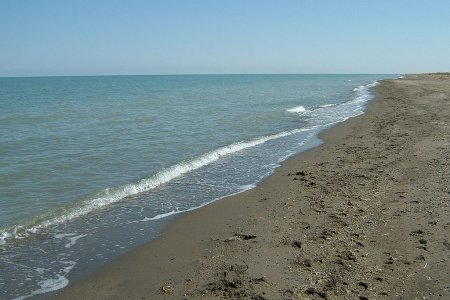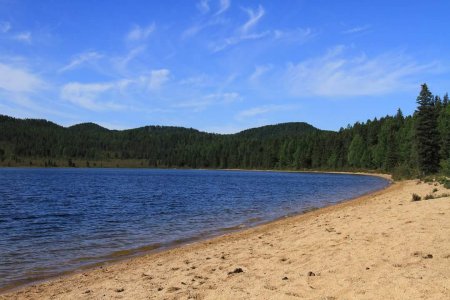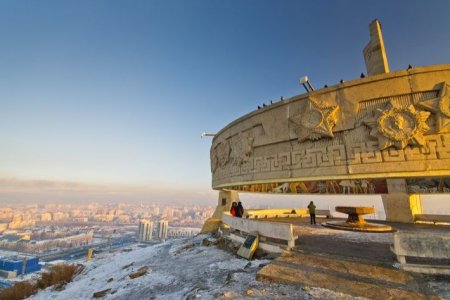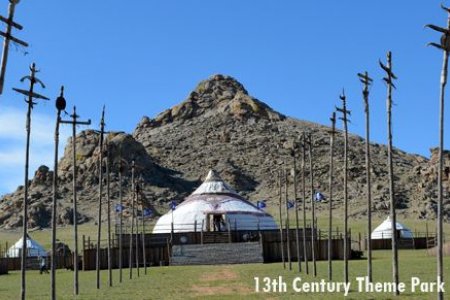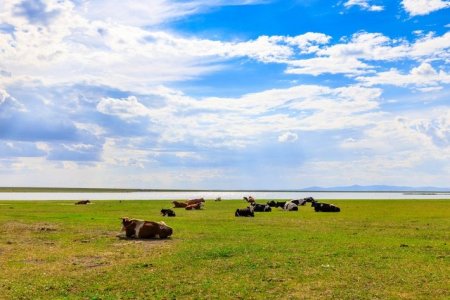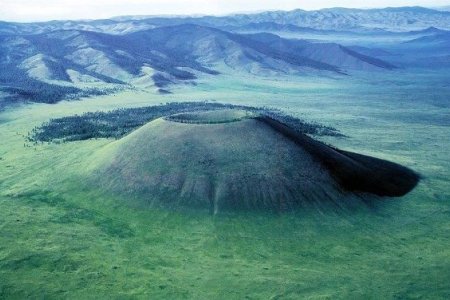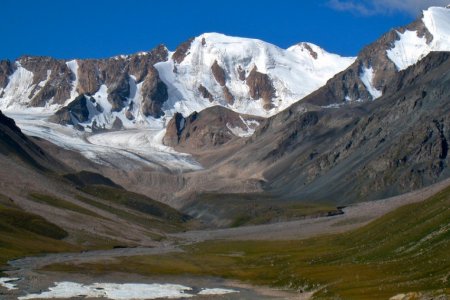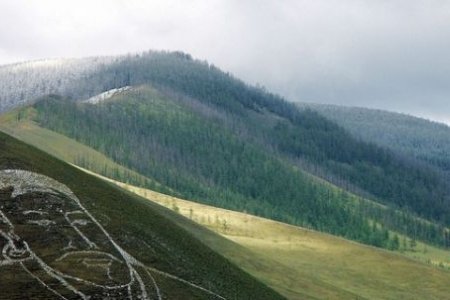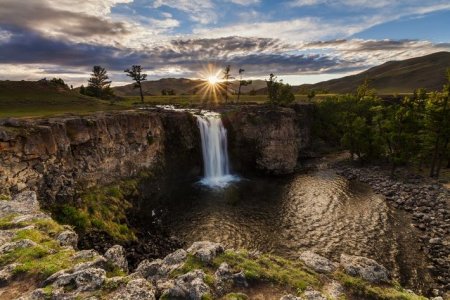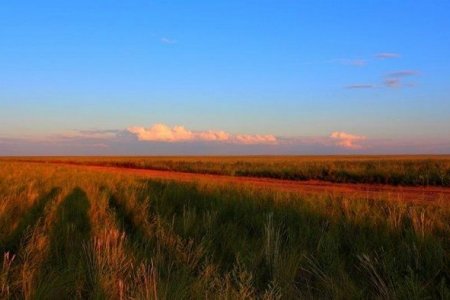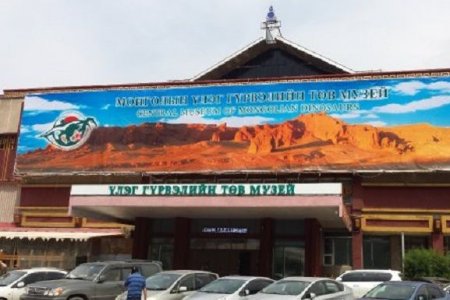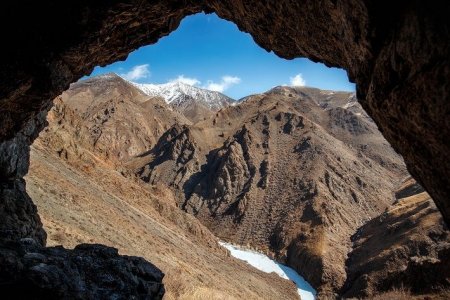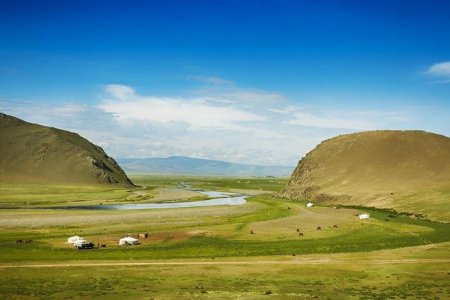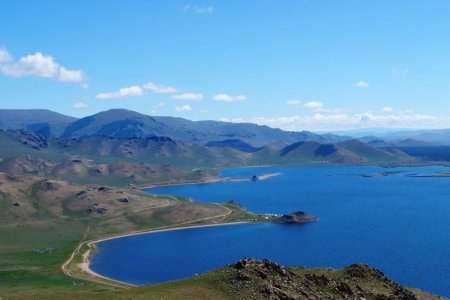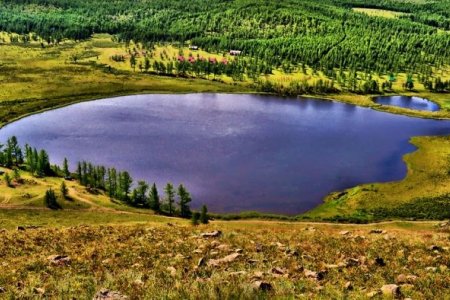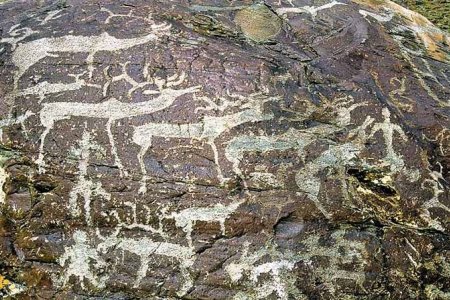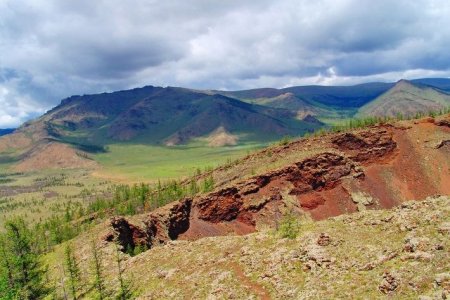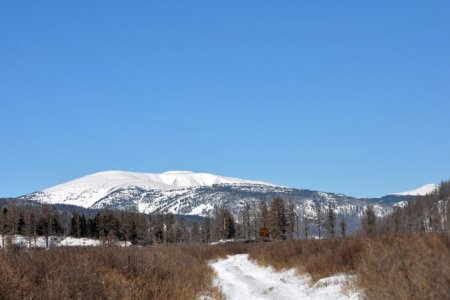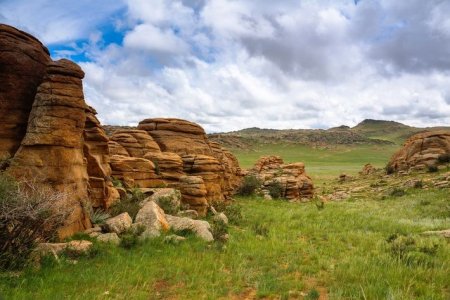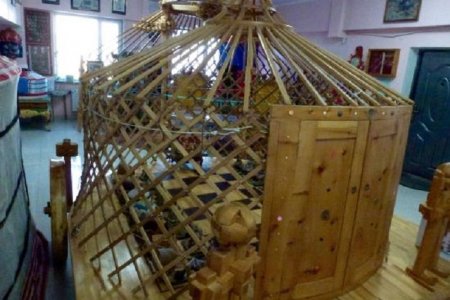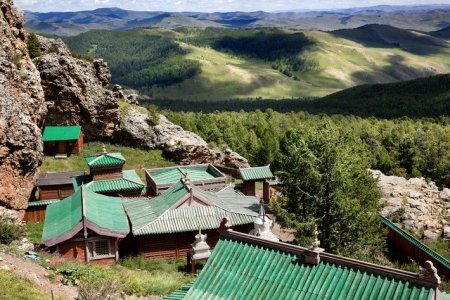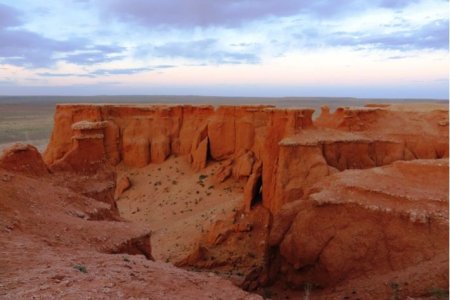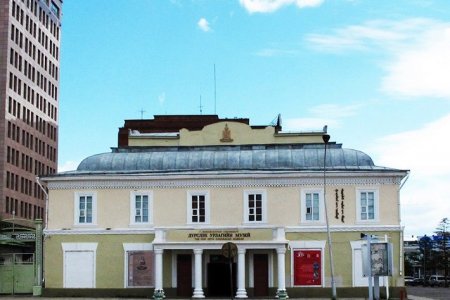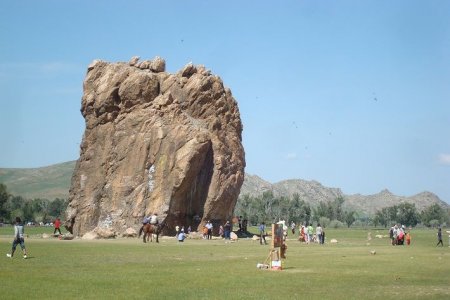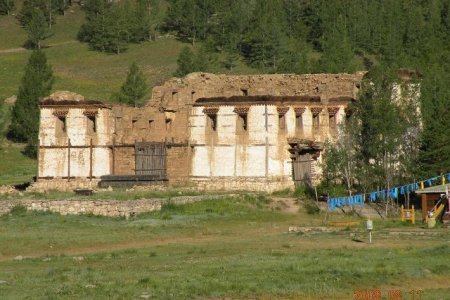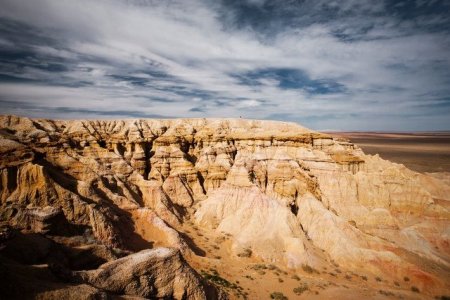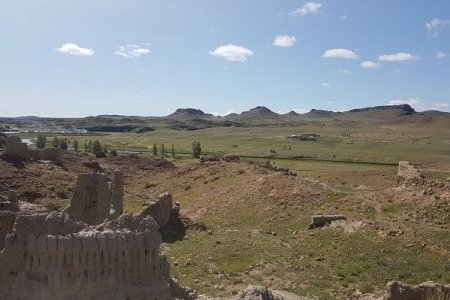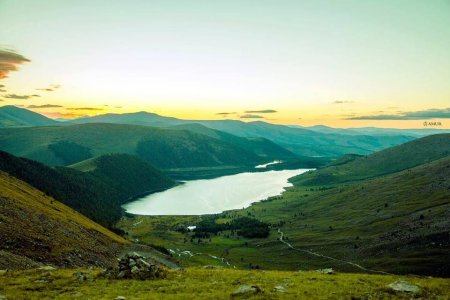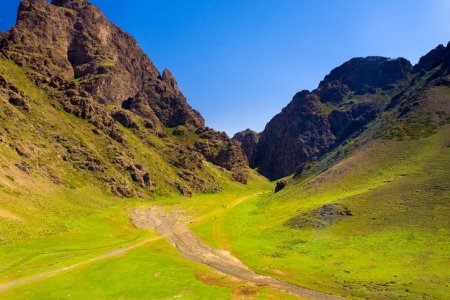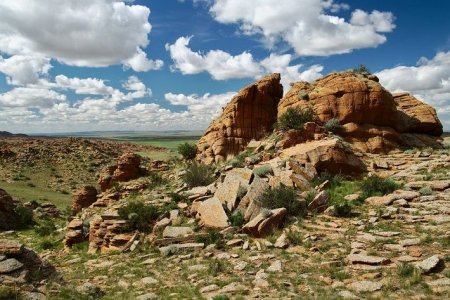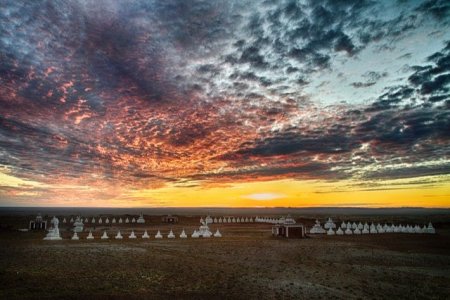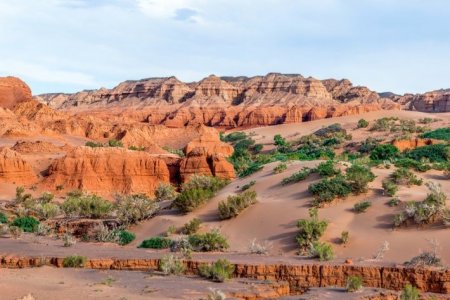The Chinggis Khan Museum is the nation's largest museum and holds a collection of over 8,300 objects relating to the Great Khans of the Mongol Empire and the history of Mongolia from Xiongnu to the end of the 20th century
Read moreTerelj National Park is one of the most visited and interesting national parks of Mongolia. It is connected with Ulaanbaatar by a paved road with 70km.
Read moreMongolia is a special place for overlanders. Here are the reasons why:
Read moreMongolia is an incredibly beautiful country; it’s no wonder it’s on many people’s bucket list of travel destinations. And now that you’re making plans to travel there, you’re probably wondering if it’s better to self-organize or go with a tour company.
Read moreOne of the most interesting parts about traveling Mongolia is the fact that the people living there are nomadic and the land is all Crown owned! Locals (and travellers) can spend the night, or live, wherever they want, for free. The country of Mongolia is basically one big campground.
Read moreI’ve seen a night sky so clear that I didn’t think you could ever see so many stars, a land so serene in isolation and a culture so welcoming that I hope it never, ever becomes ruined by tourist traps or the greedy grips of mass capitalism (currently contained to Ulaanbaatar).
Read moreOne of the beautiful sand dune in the Gobi is the Khongor Sand Dunes that extend more than 180 km (112 miles) with majestic heights of 15-30 m along the northern side of Sevrei and Zuulun mountain ranges.
Read moreGandan is fully active and the largest functioning monastery including the Mongolian Buddhist University.
Read moreThe Bogd Khan Palace is one of the most important monuments of Mongolian history and architecture.
Read moreElsen Tasarkhai is a part of the Mongol Els sand dunes, which stretch from the Tuv, Uvurkhangai, and Bulgan provinces all the way west to become part of the Khugnu Khan mountain range.
Read moreAltai Tavan Bogd has some of the most stunning scenery in all of Mongolia with towering white mountains, glaciers, deep lush valleys, and large lakes.
Read moreThe complex includes four temples originally dedicated to the brother of the ruler Bogd Khan, Choijin Lama Luvsankhaidav, who was the state oracle at the time.
Read moreTerelj National Park is one of the most visited and interesting national parks of Mongolia. It is connected with Ulaanbaatar by a paved road with 70km.
Read moreKharkhorin - is a small village and one of the country's major tourist destinations and historically known as Karakorum city.
Read moreKnown as “The Dark Blue Pearl” Lake Khovsgol is Mongolia’s largest and second-most voluminous freshwater lake in Asia and 1% of all the fresh water in the world.
Read moreThe National Museum of Mongolian History was founded in 1991. It provides an excellent overview of history and culture of Mongols from ages as early as the Stone Age and up to the modern days.
Read moreLocated in the northern part of the Altai mountain range, near the Chinese border, in Bayan-Olgii, the westernmost of the provinces of Mongolia.
Read moreMongolia reveres our king’s wisdom rather than his conquests. Nowadays you can see many tributes to Chinghis Khaan, a man of the millennium.
Read moreIn 1580, The Prince Avtai Sain Khan and his brother Tumenkhan met with the 3rd Dalai Lama and planned to establish a monastery on the ruins of Karakorum, and the Tibetan Buddhism was declared religion of state in Mongolia.
Read moreDarkhad Basin lies 50 km west of Lake Khuvsgul. There are over 200 lakes in the area, the largest of which is Lake Tsagaan.
Read moreSukhbaatar square is the central square of Mongolia's capital Ulaanbaatar. It lies at the heart of the city surrounded by important buildings such as government palace, banks and theaters and post office.
Read moreOne of the most spectacular events in Mongolia during autumn, the Golden Eagle Festival is celebrated in Bayan Ulgii province, in the far west of Mongolia.
Read moreThe Mongolian Government declared Hustai National Park as a Specially Protected Area in 1993, one year after the initiation of the reintroduction of the last species of wild horse project.
Read moreArkhangai province is famous for its many old volcanoes. These volcanoes explain the presence of the springs natural hot water that flows all year long at 1860 meters (1.16 mile) above the sea level and its water is not mixed with soil waters because it is hot.
Read moreAmarbaysgalant is a beautiful monastery located northwest of the center of Sant sum in the valley of the Iven River.
Read moreKhyargas lake located 220 km from Ulaangom city. Lying at an altitude of 1028 meters above sea level, it is a salt lake, which is 75 km in length and 31 km in width.
Read moreLake Khagiin Khar is a remote lake hidden in the deep interior forests of the Khan Khentii Strictly Protected Area, part of the Khentii wilderness northeast from Ulaanbaatar.
Read moreZaisan is a popular tourist attraction and one of the highlights of Ulan Bator due to the fantastic views it offers over the city.
Read more“13th-century complex” is located 96 km far from the Ulaanbaatar city in Erdene soum
Read moreThe Uran Togoo and Tulga Mountain are Natural Monument is a national protected area in the Bulgan Province of Mongolia.
Read moreUvs province’s one of the most attractive place is Turgenii Mountain Natural Reserve.
Read moreThe mountain looming over Ulaanbaatar to the south is the first protected mountain in the world, since 1778.
Read moreChinggis Khan's choice of Karakorum as the capital of the Mongol Empire was no coincidence. The surrounding Orkhon Valley was the center of preceding nomadic empires for centuries and had enormous symbolic importance.
Read moreMenen Steppe (Menengyn Tal) is endless plain steppe with over 90 km long and over 60 km wide, located in Dornod, Eastern province.
Read moreThis museum is impressive and must visit a place. The Central Museum of Mongolian Dinosaurs was established to protect, register and verify fossils, all in order to preserve our heritage for future generations.
Read moreThe Tsenheriin cave (also known as Khoid tsenher) are reasonably attractive.
Read moreThe Gun-Galuut Nature Reserve is protected in order to conserve threatened species. Citizens representing Khural (local Parliament) in the sum of Bayandelger, province of Tov, created the reserve in 2003.
Read moreTerkhiin Tsagaan Lake (Terkh White Lake ) is a freshwater lake, located near the Khorgo volcano crater in Tariat soum in Arkhangai province.
Read moreThis lake is situated near Tsenkher River 35km north from the main road in eastern region and northwest from Tsenkhermandal Soum, Khentii Aimag. The full name of the lake is the Blue Lake of Black Heart.
Read moreThe Tsagaan Salaa River flows into the Baga Oigor in the far western region of Bayan Olgiy aimag in the Mongolian Altay Mountains.
Read moreKhorgo Mountain is a dormant volcano which lies on the east of the Terkhiin Tsagaan Lake.
Read moreThe site is situated in the north-east of the country in the central part of the Khentii mountain chain where the vast Central Asian steppe meets the coniferous forests of the Siberian taiga.
Read moreIt is located in Delgertsogt sum, Dundgovi province and surrounded by plain. Baga Gazriin Stone is 15 km long and 10 km wide granite stone-mountain elevated at 1768m above sea level. 30km away to the south-east of Adaatsag soum center.
Read moreThe International Intellectual Museum is the first privately owned museum and was established on August 13, 1990, in Ulaanbaatar.
Read moreTuvkhun temple is located on a rocky mountain hill surrounded by forests at the top of the mountain in a secluded area.
Read morePrecipitous banks, hillocks, and hardened clay soil, mostly unchanged since Cretaceous period, blaze brilliant shades of red and orange at sunset- hence the name “Flaming cliffs” as dubbed by American paleontologist Roy Chapman Andrews on his expeditions to the region in the 1920s.
Read moreThe Fine Arts G. Zanabazar Museum was established in 1966 and named after the Buddhist teacher, G. Zanabazar (1635 - 1724) It contains items that reflect the rich cultural history of Mongolia.
Read moreTaikhar Chuluu (Taikhar Rock) is one of the tourist attractions when traveling to Arkhangai province. This big 20-meters (66 feet) high rock stands on a bank of Khoid Tamir River in Ikhtamir Soum.
Read moreThe Baldan Bereeven Monastery itself is located in Jargalant river valley backed by the steep cliff of sacred Munkh Ulziit Mountain and the valley is well watered by the Jargalant River and has long been renowned for its rich vegetation and pasture for domestic animals and now by famous herdsmen people.
Read moreTsagaan suvarga, 90 degree of straight, consists of many colors of clay deposits.
Read moreThis small mountainous area along the river, The Ongi River, in the western sum of Saikhan Ovoo, makes a good resting place to break a trip between the south Gobi and Arvaikheer.
Read moreNaiman Nuur (Eight Lake) National Park is located in the province of Ovorkhangai, in the Khangai range, and it has the typical landscapes of the Mongolian high mountains with their large forests of larches.
Read moreYol valley originally established to conserve birdlife in the region. But it’s now more famous for its dramatic and very unusual scenery- its valley in the middle of the Gobi Desert with meters thick ice almost all year around.
Read moreThe 2 mountains with granite stone massifs and taluses located in Mongolian granite stone zone, Dundgove province are Ikh and Baga Gazriin Stones. Ikh Gazriin Stone covers more than 20km long area consisting of north and south parts.
Read moreKhamriin khiid monastery was established in the 1820's by the order of Mongolian educator and literary figure Danzanravjaa. The Monastery was the biggest center of the Buddhist "red sect".
Read moreGoing through the Khermen Tsav seem like traveling through ancient city ruins with many religious stupas and temples.
Read more
